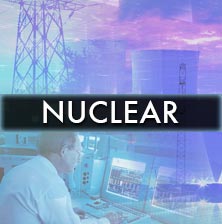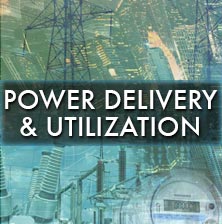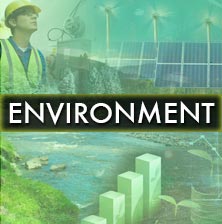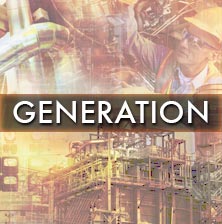The following is a small selection of items recently published by EPRI. To view complete lists of your company-funded research reports, updates, software, training announcements, and other program deliverables, log in at www.epri.com and go to Program Cockpits.

This is one or four new “Quick Guides” that EPRI has developed to help nuclear plant owners quickly assess what monitoring instruments and methods could be applied to a particular piece of equipment to address potential degradation mechanisms. It also helps prioritize selection.

This research identifies plant equipment to monitor based on historical preventive maintenance costs and describes methods for applying continuous on-line monitoring to reduce or eliminate maintenance tasks.

This report discusses the results of studies on physical strain, cognitive loading, situational awareness, and other human factors and occupational safety issues associated with the use of augmented reality devices in the electric power industry.

This survey is intended to assess and benchmark the maturity of utilities’ enterprise architecture.

This paper compares the performance and needs of a Tesla all-electric semi truck with those of a standard, diesel semi truck under a variety of scenarios. It also examines the potential grid impacts of large-scale deployment of electric trucks.

Power plants must report ammonia releases to the U.S. Environmental Protection Agency (EPA) if they exceed limits under the EPA’s Toxics Release Inventory program. This report provides a method for predicting ammonia releases from power plants during operation of nitrogen oxide reduction control equipment, flue gas conditioning, boiler water treatment, and boiler cleaning.

The U. S. Environmental Protection Agency’s Toxics Release Inventory program requires electric utilities to estimate and report annual emissions of 682 chemicals and chemical categories, including sulfuric acid aerosols. This report provides a method for predicting the sulfuric acid produced during fuel combustion, removed by air pollution control equipment or flue gas treatment, and released to the environment in stack gases. The method is relevant to coal, oil, and natural-gas-fired boilers, as well as simple and combined-cycle gas turbines.

Aside from the wind turbine, offshore wind foundations represent the greatest opportunity for significant cost reduction in an offshore wind installation. This report discusses the current state of the offshore wind market and the various offshore wind foundation technologies, including fixed and floating.

Rotary screw compressors provide continuous compressed air for various tasks and controls in power plants. This guide provides an overview of the components of a typical air compressor system and describes maintenance needs for reliable operation.

Intended for power engineers that conduct power flow analyses, this document explains why a power flow case may not converge to a good solution and provides guidance on how to get there.

As the wind industry matures, there is growing use of analytics to improve turbine performance, reduce downtime and maintenance costs, and extend the life of assets. This report discusses how standard performance measurement methods can be augmented with state-of-the art analytics, including comparing performance among neighboring turbines and analyzing blade pitch and rotational speeds. The report also describes the typical causes of turbine underperformance and possible remedies.

This study examines how electric power utilities can incorporate natural capital and ecosystem services into business decision making. Researchers developed an approach to quantify the costs of implementing watershed management projects, internal benefits to an electric utility, and external benefits to the community and ecosystem. They applied the approach to three case studies.